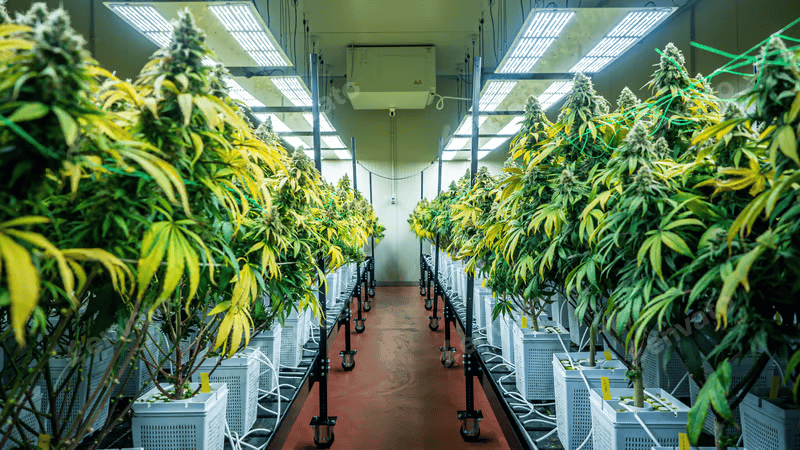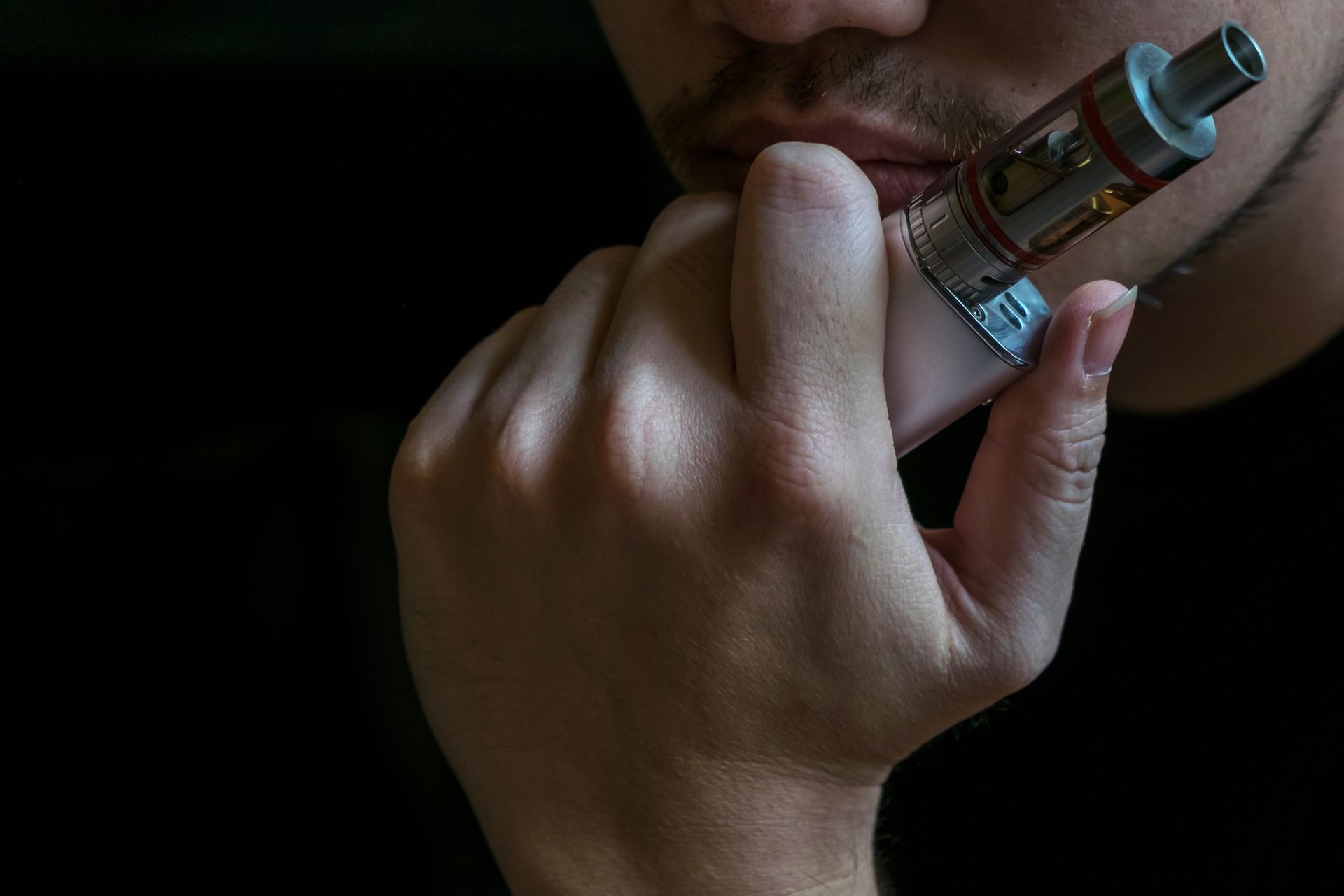The Colorful History of Cannabis as Medicine

Cannabis has been used as medicine for thousands of years, across cultures and continents. What we’re seeing today with medical cannabis programs is not a new invention — it’s a revival of ancient wisdom.
Ancient History
- China: Records date back to 2700 BCE in the Pen Ts’ao Ching, where cannabis was used to treat ailments such as rheumatism, gout, and malaria.
- India: Cannabis was considered sacred in Ayurveda and used to relieve anxiety, aid sleep, and stimulate appetite.
- Egypt & Greece: Ancient physicians prescribed cannabis for inflammation, pain, and even as an early anesthetic.
Western Medicine
Cannabis entered Western pharmacopeias in the 19th century. Doctors prescribed tinctures widely for muscle spasms, chronic pain, and seizures. By the late 1800s, cannabis was available in pharmacies across Europe and the United States.
Prohibition Era
The early 20th century brought political and racialized campaigns against cannabis. The Marihuana Tax Act of 1937 effectively banned it in the U.S., and it was removed from the U.S. Pharmacopeia in 1942. For decades, patients lost access to a medicine once considered mainstream.
Modern Revival
- In the 1970s, researchers rediscovered cannabis’ anticonvulsant properties.
- By the 1990s, California became the first state to legalize medical cannabis, setting off a wave of reform.
- Today, medical programs exist in most U.S. states and in dozens of countries worldwide.
Looking Ahead
The endocannabinoid system, discovered in the late 20th century, explains why cannabis has such broad therapeutic potential. Modern science is catching up to what ancient healers already knew: cannabis is a versatile and powerful medicine.
From tinctures in 19th-century pharmacies to cutting-edge cannabinoid research today, the plant’s history as medicine is long, colorful, and far from finished.









